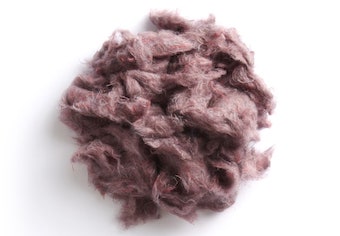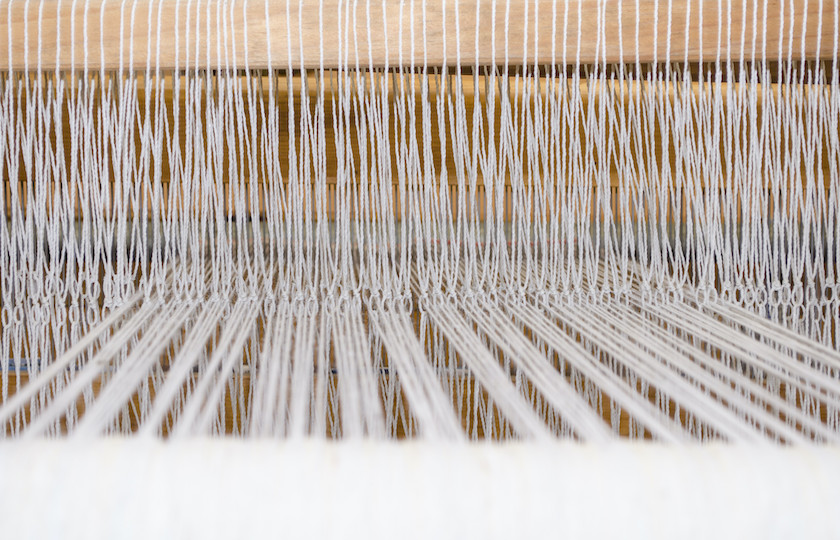Home furnishings giant Ikea and fast-fashion label H&M are identifying clean and reliable sources of recyclable materials as they pursue their goal to migrate to sustainably sourced materials across their respective product ranges. Harmful chemicals in recyclable materials are a major barrier to break down and reuse fabrics used in furnishings and apparel.
The two companies launched their mission two years ago and have since drawn support from Adidas, Bestseller, Kingfisher, Gap, and PVH Corp, among others, enabling them to build a growing databank to understand potentials and challenges with recycled textile from a chemical contamination perspective.
H&M is targeting using only 100-per-cent recycled or sustainably sourced materials in all of its product range by 2030, and Ikea’s goals include making its products reusable, already launching pilot stores where customers can return used furniture for credits on new products.
Working across multiple product categories and brands the companies involved are putting aside competitive concerns to strategically increase knowledge, and overcome challenges to exchanging data, and stimulate chemical transparency across the industry, helping to identify chemicals in recyclable materials.
“With industry collaboration, we can overcome common challenges on our way to transform to a circular business,” explains Mirjam Luc, project leader for recycled textiles at Ikea of Sweden.
While the initial study is now finalised, Luc says a lot of work still remains to convert the knowledge into developing materials and product solutions for the future.

For the study, post-consumer cotton, wool, and polyester waste were sourced from around the world and tested, creating 70,080 data points. ‘Undesirable’ chemical detections were found in 2.5 per cent of the data points – but less than 1 per cent of the data points exceeded limits set by the Apparel and Footwear International RSL Management (AFIRM) Group).
Post-consumer polyester samples had the widest variety of substances detected. In post-consumer wool samples, almost all samples contained at least one substance that failed against AFIRM RSL limits.
“Tackling the presence of legacy chemicals and hazardous chemicals in recycled materials will be key in realising circularity within the fashion and textile industry,” the study concluded.
Ikea and H&M Group will use the findings of the study to support public policy to enable the use of recycled textiles, which are safe to use. The results will also be used to advocate for establishing an acknowledged and harmonised hazard assessment methodology for chemicals used in production. In turn, this ensures brands can assess the best available chemicals from a safety and recyclability perspective and chemicals that hamper recycling and material recovery can be restricted and avoided.
“To achieve fully circular and future-proof products, legacy chemicals must be avoided from start,” says Linn Farhadi, project manager for recycled textiles at H&M Group.
“Only through industry collaboration and a transparent, harmonised hazard assessment methodology for all chemicals and materials, can we be proactive and secure safe and sustainable products for a toxic-free textile future.”
Theresa Kjell, a senior policy advisor at ChemSec, an independent, non-profit organisation committed to the development of sustainable chemicals use through the sharing of knowledge, collaboration and practical tools, says it is great to see companies working together to gain increased knowledge about the chemical content of recycled textiles.
“We hope that studies like these will result in cleaner material flows and also motivate legislators to speed up the work with phasing out hazardous substances in products.”
- Main image: @Goga via Twenty20.



